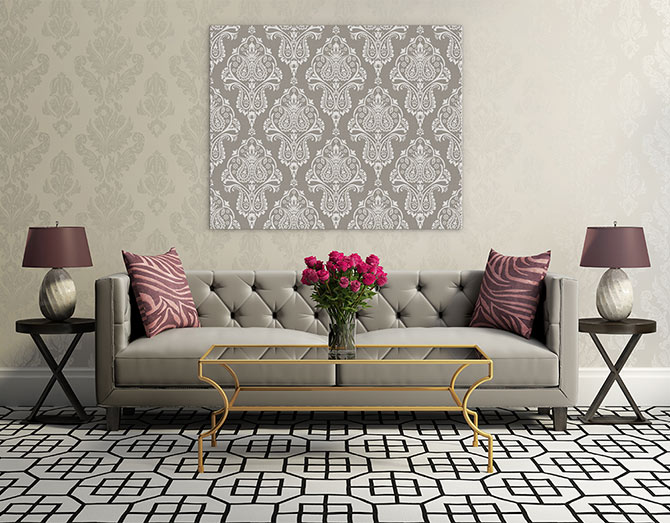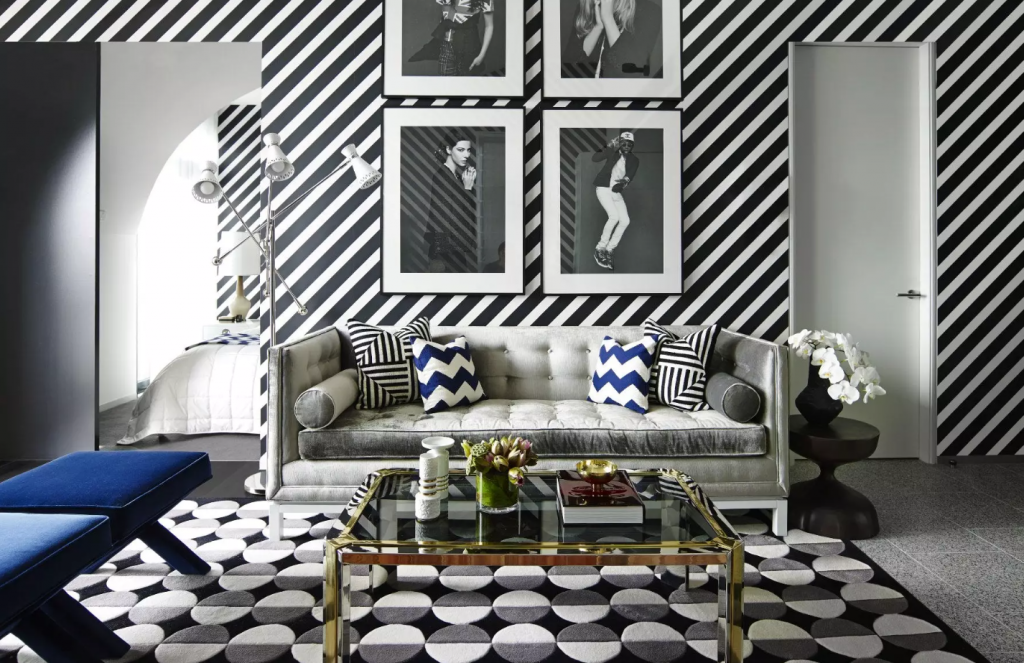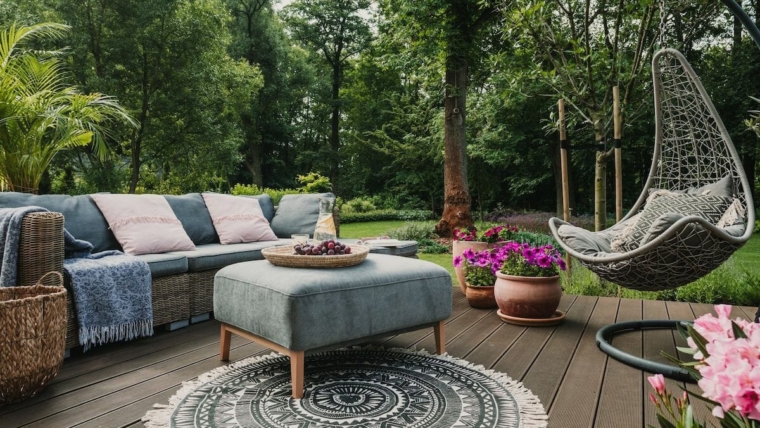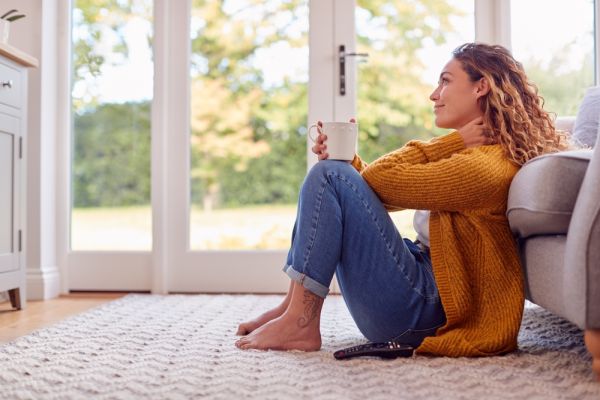
You walk into your living room and pause. Something seems off. The furniture is arranged nicely but the space still feels…blah. What’s missing? A quick look around provides the answer. Your walls, pillows, and accessories are all solid blocks of color. Time for an update! Patterns make a space come alive. They provide visual interest and personality. But choosing the right prints and patterns for your home decor can be tricky. You want your space to feel stylish, not busy or dated. Never fear – we’ve rounded up the best and worst patterns to liven up your home. Read on to learn which prints give your rooms a fashionable flair, and which to avoid at all costs. With this guide under your belt, you’ll be ready to add livable style to your space.
The Best Patterns for a Stylish Living Space
For an on-trend living room, go bold with large-scale patterns like geometric prints, tropical leaves, or animal motifs. These eye-catching patterns make a serious style statement and are perfect for accent walls, pillows, rugs, and upholstery.
You really can’t go wrong with classic stripes, whether nautical, awning, or ticking stripes. Vertical stripes visually heighten a space while horizontal stripes make rooms appear wider. For a cozy, stylish look, layer patterned pillows, throws, and rugs with different striped prints.
Floral patterns always make a space feel fresh, light, and springy. Look for oversized peony, ditsy or botanical prints with a modern color palette like blush pink, forest green or navy. Keep the scale and colors cohesive for a pulled-together boho vibe.
Geometric patterns like Moroccan tiles, Southwestern motifs or Scandinavian prints create visual interest with their repeating shapes and lines. For a bold decorating statement, choose a large geometric area rug as your focal point and pull in coordinating pillows and other accents.
Whether you go for whimsical or sophisticated, small-scale or oversized, mixing multiple patterns in your living room creates a stylish space with warmth, depth and visual texture. Start with a pattern you love, choose a complementary color scheme, and build from there using a combination of patterned and solid decorative accessories for a polished, put-together look.

Patterns to Avoid for Your Home Decor
When it comes to patterns, less is more. Some prints are just too loud, chaotic or outdated for stylish living spaces. Steer clear of:
- Floral prints with large blooms. While small-scale florals or botanicals can work, big, bold flowers tend to look tacky and cluttered.
- Geometric shapes that are too intricate like zigzags, tessellations or op art. Simple, clean-lined prints are more pleasing and calming.
- Just don’t. The lumberjack look doesn’t belong in your living room.
- This teardrop-shaped pattern peaked in the 60s and 70s. Leave it there.
- Neon or overly bright colors. Opt for more neutral or muted complementary color palettes that won’t assault your senses.
In general, choose prints that are well-balanced, not too busy, and in colors that you genuinely love and that match your decor style. Keep prints to a minimum – use them sparingly on accent pieces like pillows, rugs, or chairs. And when in doubt, a solid color is always a safe, stylish choice.
Your living space should be a restful retreat. By avoiding chaotic or jarring patterns, you’ll create a stylish space with a sense of harmony and flow where you can relax and recharge. Keep things simple, natural, and timeless. Your home and your eyes will thank you.

Frequently Asked Questions About Using Patterns in Interior Design
When it comes to using patterns in your living space, you likely have some questions. Here are some of the most frequently asked ones:
- How many patterns should I use in one room? As a general rule of thumb, limit yourself to two or three complementary patterns in the same space. Any more than that and it can start to feel busy or cluttered. Focus on a dominant pattern for larger furnishings like couches, rugs and curtains and use smaller scale patterns for accents like pillows, ottomans or wall art.
- What patterns pair well together? Some easy combinations include:
- Florals and stripes
- Geometrics and botanicals
- Plaids and dots
- Should I match patterns or do contrasting ones? For the most visually cohesive look, choose patterns in the same color family or with shared colors. However, contrasting patterns in complementary colors can create an eclectic, vibrant space. As long as there is one unifying element, such as a common color or theme, contrasting patterns can work well.
- Are big or small patterns better for small spaces? In compact rooms, stick with small-scale patterns to avoid overwhelming the space. Medium or large patterns tend to make a room feel more cramped. If you do want to use a bolder pattern, limit it to one wall or one furnishing.
- When is pattern not appropriate? Steer clear of loud, chaotic patterns in minimalist, contemporary rooms where solids and simple textures reign. Pattern is also not ideal for tight hallways or in a space with lots of natural light, as it can make the area feel chaotic or dizzying.
In the end, have fun with patterns and don’t be afraid to experiment. Move furnishings around or swap out accent pieces to create different looks. You can always change things up again if you don’t love the results. The options for pairing patterns in your home are endless!
Conclusion
So there you have it – the definitive guide to the do’s and don’ts when it comes to patterns for your living space. While patterns can be fun and add visual interest, it’s important not to go overboard. Stick to timeless, classic patterns in moderation to avoid creating a distracting or overly busy look. Focus on solids and simple designs for your larger furniture pieces and accessories. Then feel free to layer in some bolder prints like stripes, geometrics or florals through your soft furnishings like pillows, rugs and curtains. Just keep the patterns to a minimum so they pop as accents against a neutral backdrop. Remember – less is more when it comes to busy prints! Follow these tips and you’ll be well on your way to creating a stylish, cohesive and livable interior with just the right mix of patterns



